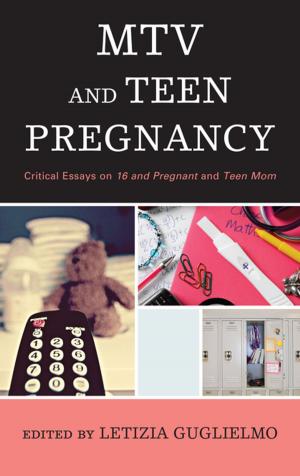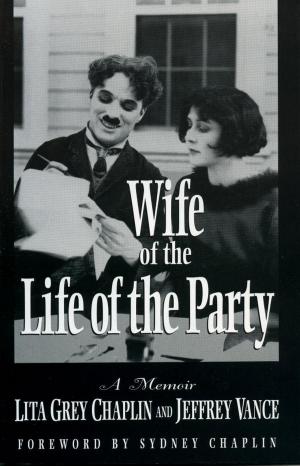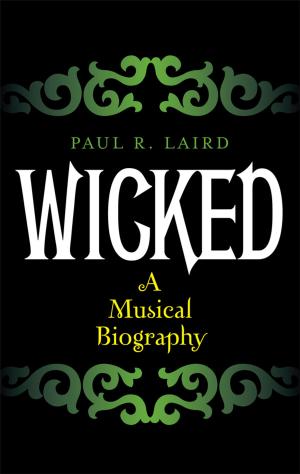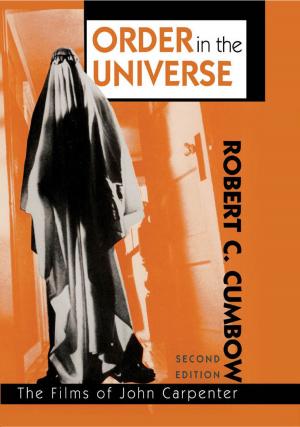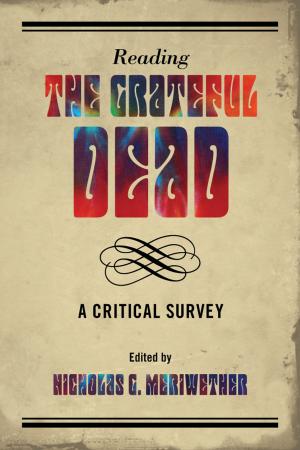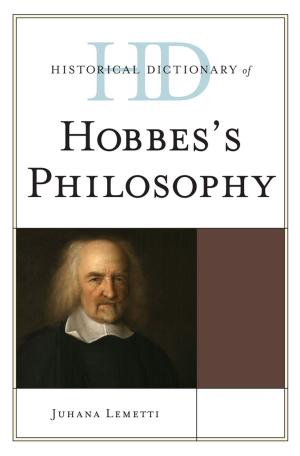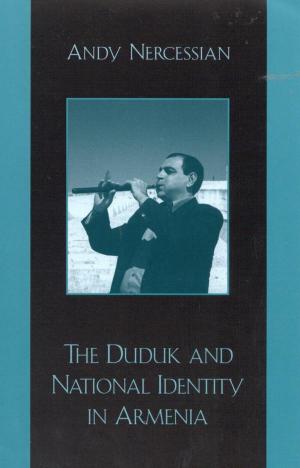Buffy, Ballads, and Bad Guys Who Sing
Music in the Worlds of Joss Whedon
Nonfiction, Art & Architecture, General Art, Popular Culture, Entertainment, Music, Theory & Criticism, History & Criticism, Reference| Author: | Jacqueline Bach, Elizabeth A. Clendinning, Steve Halfyard, Amanda Howell, Eric Hung, Linda Jencson, Cynthea Masson, Jeffrey Middents, Matthew Mills, Stanley C. Pelkey II, Christopher Wiley | ISBN: | 9780810877658 |
| Publisher: | Scarecrow Press | Publication: | November 16, 2010 |
| Imprint: | Scarecrow Press | Language: | English |
| Author: | Jacqueline Bach, Elizabeth A. Clendinning, Steve Halfyard, Amanda Howell, Eric Hung, Linda Jencson, Cynthea Masson, Jeffrey Middents, Matthew Mills, Stanley C. Pelkey II, Christopher Wiley |
| ISBN: | 9780810877658 |
| Publisher: | Scarecrow Press |
| Publication: | November 16, 2010 |
| Imprint: | Scarecrow Press |
| Language: | English |
When writer and director Joss Whedon created the character Buffy the Vampire Slayer, he could hardly have expected the resulting academic interest in his work. Yet almost six years after the end of Buffy on television, Buffy studies—and academic work on Whedon's expanding oeuvre—continue to grow. Now with three hugely popular television shows, Buffy the Vampire Slayer, Angel, and Firefly, and the film Serenity all available on DVD, scholars are evaluating countless aspects of the Whedon universe (or "Whedonverse"). Buffy, Ballads, and Bad Guys Who Sing: Music in the Worlds of Joss Whedon studies the significant role that music plays in these works, from Buffy the Vampire Slayer to the internet musical Dr. Horrible's Sing-Along Blog.
Kendra Preston Leonard has collected a varying selection of essays that explore music and sound in Joss Whedon's works. The essays investigate both diegetic and non-diegetic music, considering music from various sources, including the shows' original scores, music performed by the characters themselves, and music contributed by such artists as Michelle Branch, The Sex Pistols, and Sarah McLachlan, as well as classical composers like Camille Saint-Saëns and Johannes Brahms.
The approaches incorporate historical and theoretical musicology, feminist and queer musicology, media studies, cultural history, and interdisciplinary readings. The book also explores the compositions written by Whedon himself: the theme music for Firefly, and two fully integrated musicals, the Buffy episode "Once More, With Feeling" and Dr. Horrible's Sing-Along Blog. With several musical examples, a table with a full breakdown of the Danse Macabre scene from the acclaimed Buffy episode "Hush," and an index, this volume will be fascinating to students and scholars of science-fiction, television, film, and popular culture.
When writer and director Joss Whedon created the character Buffy the Vampire Slayer, he could hardly have expected the resulting academic interest in his work. Yet almost six years after the end of Buffy on television, Buffy studies—and academic work on Whedon's expanding oeuvre—continue to grow. Now with three hugely popular television shows, Buffy the Vampire Slayer, Angel, and Firefly, and the film Serenity all available on DVD, scholars are evaluating countless aspects of the Whedon universe (or "Whedonverse"). Buffy, Ballads, and Bad Guys Who Sing: Music in the Worlds of Joss Whedon studies the significant role that music plays in these works, from Buffy the Vampire Slayer to the internet musical Dr. Horrible's Sing-Along Blog.
Kendra Preston Leonard has collected a varying selection of essays that explore music and sound in Joss Whedon's works. The essays investigate both diegetic and non-diegetic music, considering music from various sources, including the shows' original scores, music performed by the characters themselves, and music contributed by such artists as Michelle Branch, The Sex Pistols, and Sarah McLachlan, as well as classical composers like Camille Saint-Saëns and Johannes Brahms.
The approaches incorporate historical and theoretical musicology, feminist and queer musicology, media studies, cultural history, and interdisciplinary readings. The book also explores the compositions written by Whedon himself: the theme music for Firefly, and two fully integrated musicals, the Buffy episode "Once More, With Feeling" and Dr. Horrible's Sing-Along Blog. With several musical examples, a table with a full breakdown of the Danse Macabre scene from the acclaimed Buffy episode "Hush," and an index, this volume will be fascinating to students and scholars of science-fiction, television, film, and popular culture.

